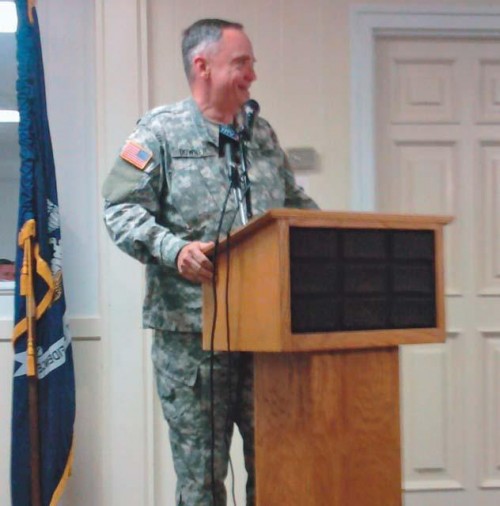
T’bonne businesses consider post-hurricane recovery plan
May 11, 2010Thursday, May 13
May 13, 2010Stories about clergy sexual abuse in the U.S. and in various countries throughout the world have recently made the front pages of newspapers and the national news media. Some reports have even involved the Vatican. I would like to bring some clarification to this complicated, emotional subject that we often do not want to discuss.
A few priests in our country, around 5 percent, have caused a huge amount of psychological and spiritual damage to many victims. Besides this, some bishops aggravated the problem by moving these priests from one parish to another.
The final part of the scandal was the attempt at secrecy and failure to report these criminal offenses to civil authorities.
Speaking for the vast majority of priests (the 95 percent) who are not pedophiles, I offer my deepest sympathy to those who were victims of this abuse or have family members who were. We can only imagine the nightmare of pain and suffering this has caused and want to assure you of my prayers for healing.
(I am using the word pedophiles in the popular sense – anyone less than 18 years of age who was sexually abused.)
Most clergy sexual abuse cases happened many years ago. The number of recent allegations of sexual misconduct with a minor is a small fraction of what we read in the madia.
The reason for this is not celibacy itself or even the homosexual orientation of some priests, though, in many instances, homosexual acts were committed with children.
The problem stems from seminary life itself before Vatican II. Candidates for the priesthood often entered the seminary after the eighth grade. They stayed in the seminary for the whole school year and only when home for two weeks at Christmas and three months in the summer.
The seminary administration urged these young men to avoid contact with young women since they were preparing to live a celibate life. There was also a homophobic atmosphere in the seminary warning these young males not to hang around with one other person but always to have a third party present.
Many seminarians did not get in touch with their own sexuality because their own psychosexual development was thwarted by so many seminary constraints. They held in or denied their sexual feelings and later acted on these feeling when under the pressure of priestly life and ministry.
Thank goodness things have changed.
The high school seminary has gone the way of the nickle pay phone.
Today, seminarians enter at an older age and have to undergo many psychological tests to be accepted into the seminary. Safe Environment Programs have been set up in all Catholic parishes, schools and institutions in our country to do everything we can to assure the safety of our children.
Criminal background checks are made on all employees and volunteers who minister to children under the age of 18. Those who work with children are trained to recognize signs of behavior that might suggest that children are being abused. They are also told of their responsibility to report this information to diocesan and civil authorities.
Children are also trained to recognize proper and improper behavior of adults in their regard.
After Vatican II, many American bishops believed that pedophiles could be treated along the model of alcoholics.
Sexual counselors reassured the bishops that these disorders were treatable. In keeping with traditional Christian morality, holding that a person was incurable was unthinkable.
However, we have learned our lesson the hard way. Pedophiles are incurable. They need to be isolated from society.
We need to weed out these “bad apples” from our institutions – whether it involves the church or the family – so our children can grow up in an atmosphere of love and security.






